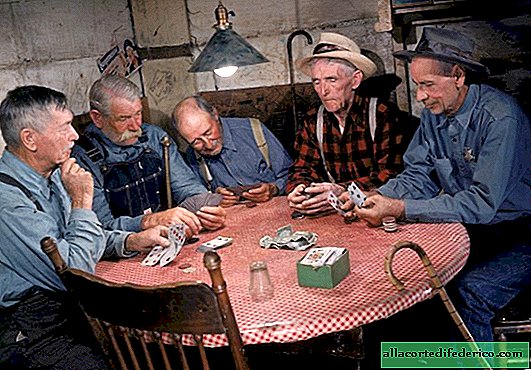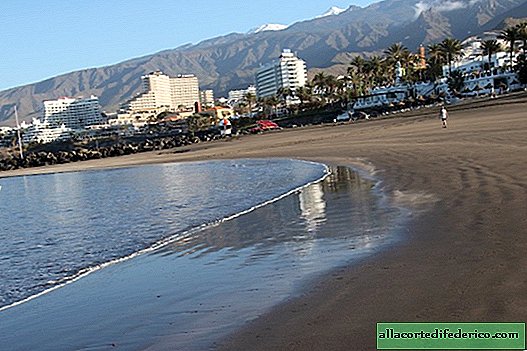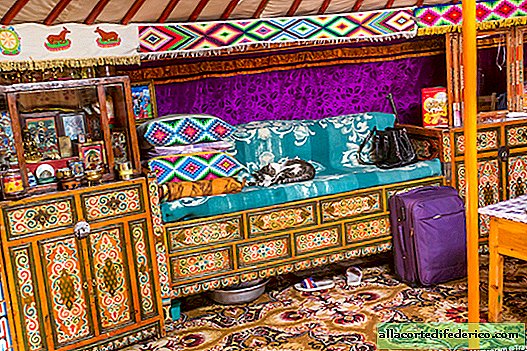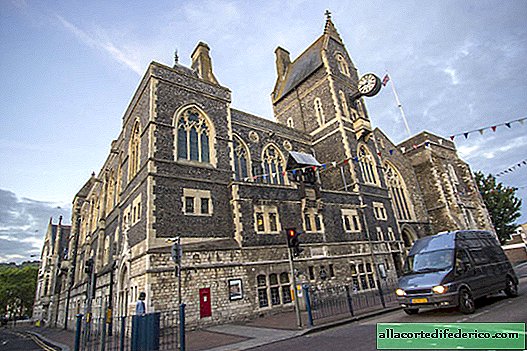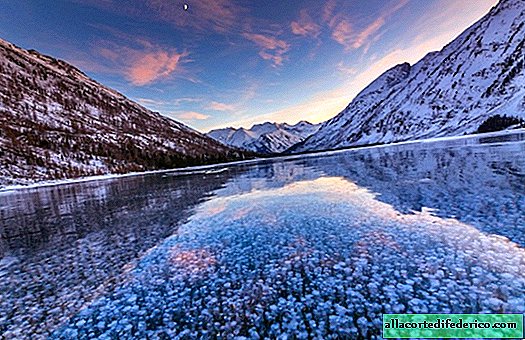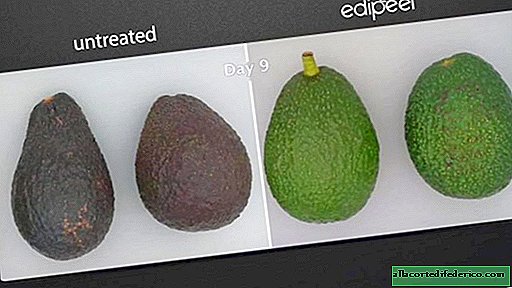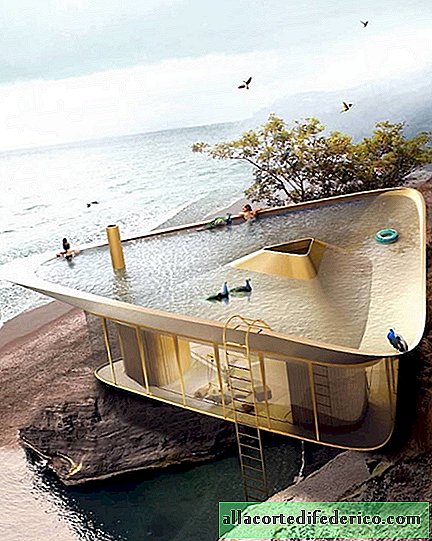Why they don’t write about Tartaria in textbooks, but it is on all European maps
Classical historians and proponents of alternative history have been arguing about the mysterious Tartaria for years. There are already enough various versions explaining the existence of this state, so we decided not to go into historical polemics, but only to study the ancient maps on which a state called Tartaria is found.
 "Map of Russia, Muscovy and Tartaria", 1562
"Map of Russia, Muscovy and Tartaria", 1562The first map I want to stop on is the 1562 Map of Russia, Muscovy and Tartaria. It was compiled by Anthony (Anthony) Jenkinson and published in Antwerp in 1570. Here the name Tartaria is found, and Russia and Muscovy appear separately.
 "Map of Russia", 1613
"Map of Russia", 1613And here is another map - "Map of Russia", which was compiled in 1613 by the Dutchman Hessel Gerrits and printed in Amsterdam in 1614. It was made on the basis of the drawings of Tsarevich Fedor Borisovich Godunov himself. A separate sidebar depicts a Moscow plan. Historians call this map the first original Russian map. On it in Siberia we can see the inscriptions of Siberia, Ugoria and Tartaria, which stretched beyond the Tobol River and further east.
 "Map of Tartaria", 1706
"Map of Tartaria", 1706The next work of medieval cartographers - "Map of Tartaria", published in 1706. This map is called the “Map of Tartaria”, on which the name of this mysterious state appears many times. Some researchers put forward the version that Tartaria is simply a synonym for Asia or Eurasia, a term that was mentioned in European cartography.
 Map "New Europe"
Map "New Europe"But, for example, on the map "New Europe" the peninsula of Asia Minor is indicated using the term "Asia", but here also "Tartaria" is found. That is, the term Asia was used by some European cartographers along with the term Tartaria. Of course, it can be assumed that people who published medieval maps preferred confusion and used two synonyms on the same map.
 "Map of Asia", 1640
"Map of Asia", 1640Another interesting map is the Map of Asia, published in 1640. It is noteworthy that on it, in addition to the geographical name - Tartaria, you can see images of the main peoples of Asia, made to the left and right of the map. If you look closely, you can find that the artist painted and signed in Latin letters Arabs, Syrians, Armenians, residents of the island of Java, Muscovy and ... residents of Tartaria (in the lower right corner).
 Fragment of the map "Map of Asia", 1640
Fragment of the map "Map of Asia", 1640The basic version of the origin of the word Tartary is based on the fact that it is consonant with the word "Tatars", and therefore is a synonym for the Tatar-Mongolian state. But the inhabitants of Tartaria depicted on a map of 1640 are more likely to resemble Europeans than representatives of nomadic Mongol tribes.
Of course, this is only a small part of all the cards on which the name of this mysterious state is found. Judging by these materials, Tartaria was as large a state of the medieval world as Russia, China or India. Why then is it not mentioned anywhere in history? Whatever the answer, one can only hope that soon experts will clarify this question. But in any case, looking at old maps is a very exciting experience.


